
Stock photos sometimesgeta bad wrap for being cheesy, outdated, and irrelevant. Luckily,many new stock photo resources offer beautiful, high-quality images that email marketerscan actually get excited about using in email.But it's still important to use these images properly.There's an art tofinding, editing, and incorporating photos in email.Make the process of choosing stock images even easierby searching for free photos directly in our visual email builder.Today, we'll give you our top tips for using stock photos in email, along with a tutorial on how to use the photo search tool directly from the BEE editor.
1. Find stock photos that fit your brand.
Formany readers, thevisual elements of your email get more attention than the written components. Eyes naturally gravitate toward images, buttons, and colors first, and we digest that information more quickly. So, when choosing stock photos, it's important to be mindful that those imagesare on-brand. Your brand or style guide should have a section that explains the kinds of photos to be used and details for how they should look—like the kinds of people and scenes that should be depicted, the emotions they should evoke, if they get treated with filters, or if they should be cropped a certain way. If you don't have something for your brand, thencreate one by following these visual style guide tips! Some of the most effective style guides are simple and straightforward.In a recentpost,21 Email Design Tools to Transform Your Emails, we listed some of our favorite stock photo libraries and tools, likeUnsplash andPexels. Since then, we've partnered with three popular stock photo services—Unsplash, Pexels, and Pixabay—to giveBEE users the ability to search through a hugerepository ofhigh-quality images that are free to use under the Creative Commons Zero (CC0) license.
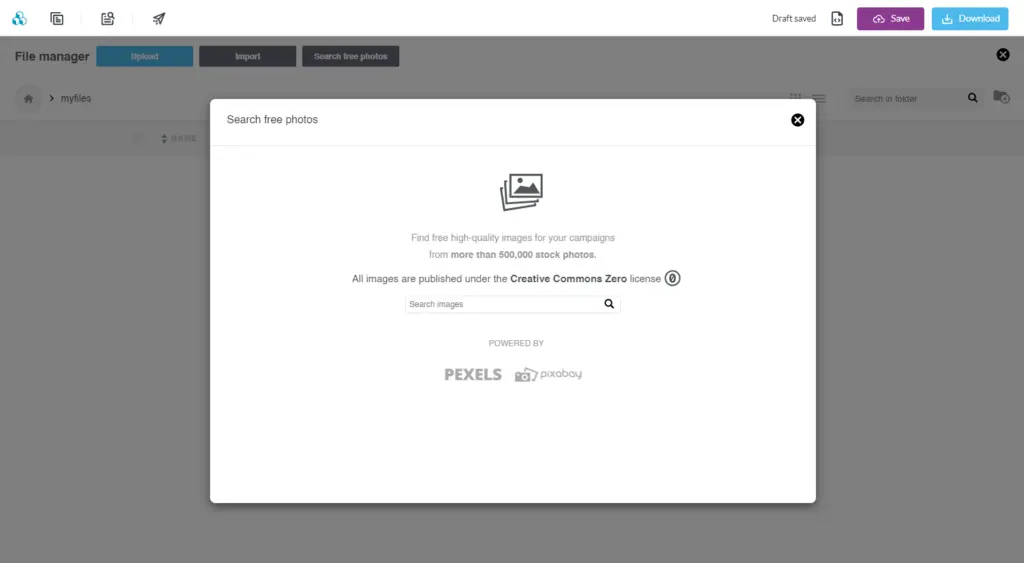
How to add a stock image in BEE
When you are editing an email or a landing page with BEE's drag-and-drop builder, simply pull up the file manager by clicking on Change imagewhen an existing image is selected, or by adding a new image block and clicking on Browse. Navigate to the folder where you want to update your image, and the select Search free photos button in the top bar.

In the search menu, simply add a keyword and browse the search results for an image that works for you. When searching for "summer," you'll notice that each image preview shows you which of the services photos came from, the link to the original photo, and a blue Import CTA button. Once youimport one of the photosfrom thesearch results, it gets added to yourfile manager. Simplyclick on the Insert button (a plus sign) to add the image tothemessage.
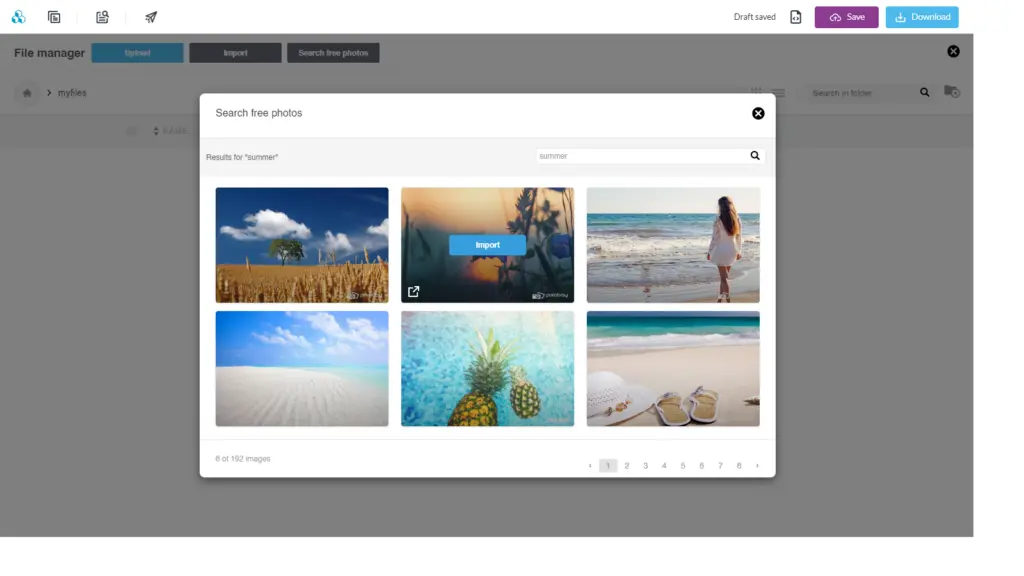
2. Edit stock photos to make them your own.
Email images often include text overlays to make a branded statement. We previously discussedhow effective this SkillCrush header image was at connecting with its target audience and communicating a strong value proposition:
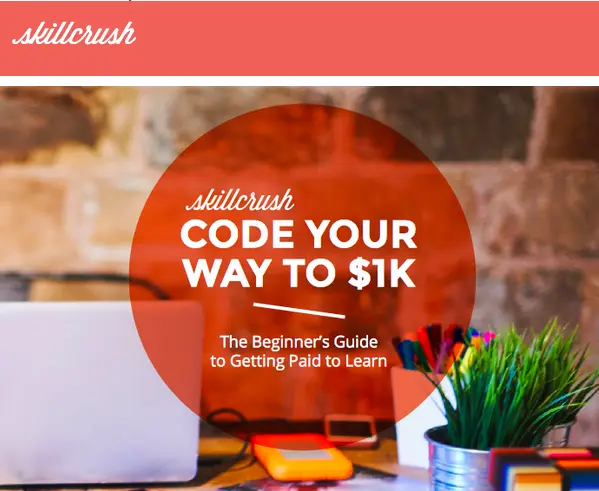
Scanning our inbox today, we can find hundreds of emails with text-and-image pairings from different brands, like these from Jimmy Choo, Restoration Hardware, and Express. As you can see, adding text to images doesn't have to be complicated. You can save time and design resources by skipping Photoshop and editingphotosdirectly in the BEE editor.
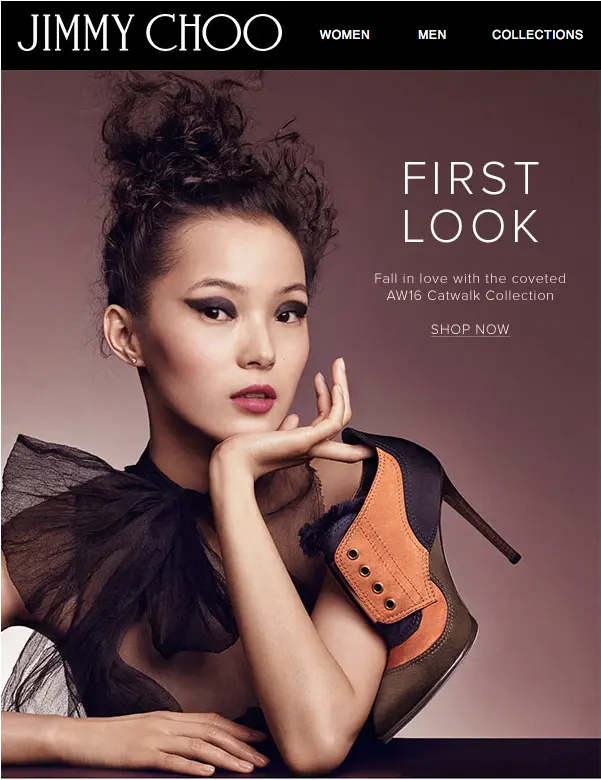
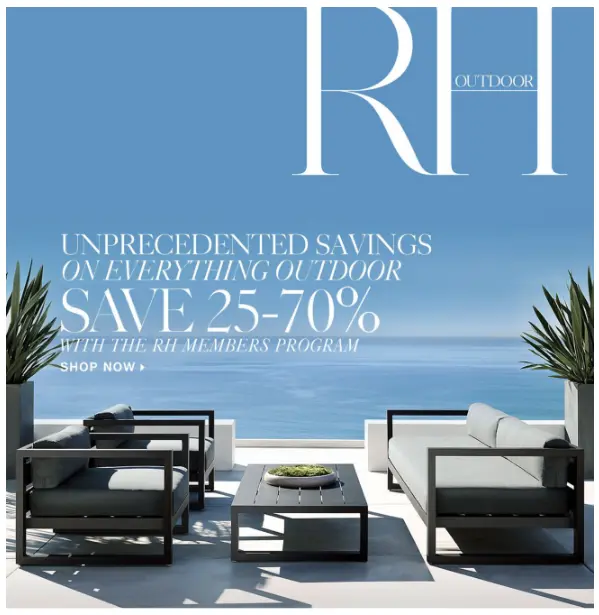

How to edit images in BEE
Choosean image andnavigate to the menu on the right. Select Apply effects & more.
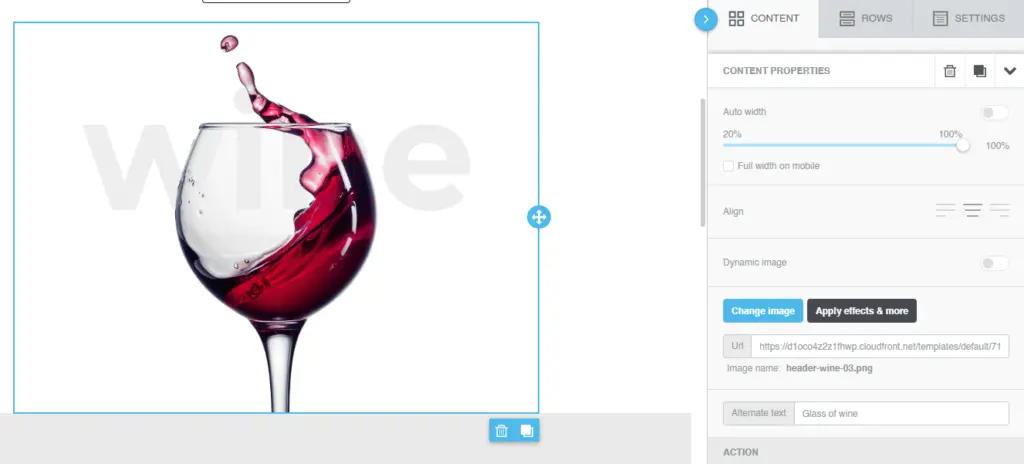
Use the built-in image editor to make edits to your image, without leaving the email builder. You can make almost any adjustment to the image, like setting a filter, cropping or rotating, adjusting the saturation and contrast, and more.
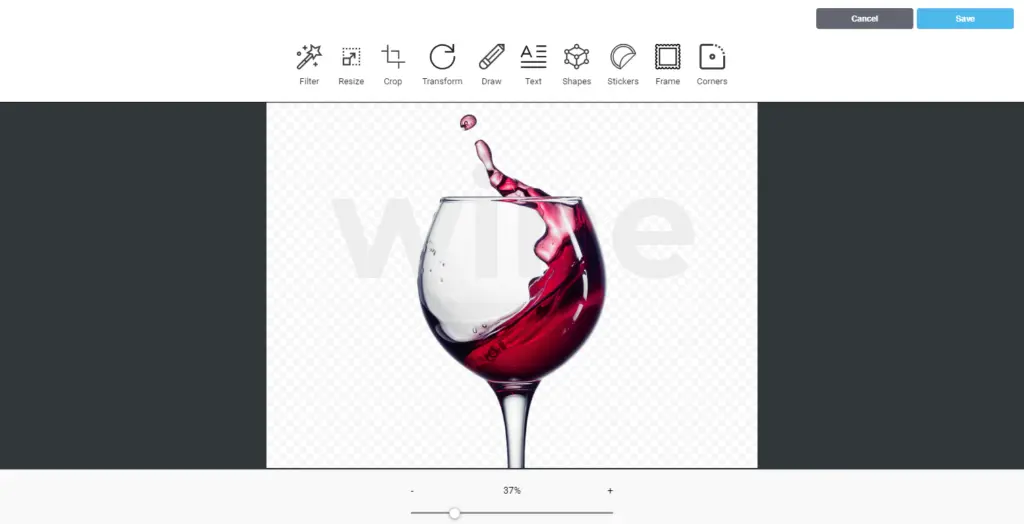
To add text, select the Text option from the image editor's toolbar. In the text editor, adjust the font type and color from the top menu. You can also adjust the size of your text by dragging the corner of the text box.
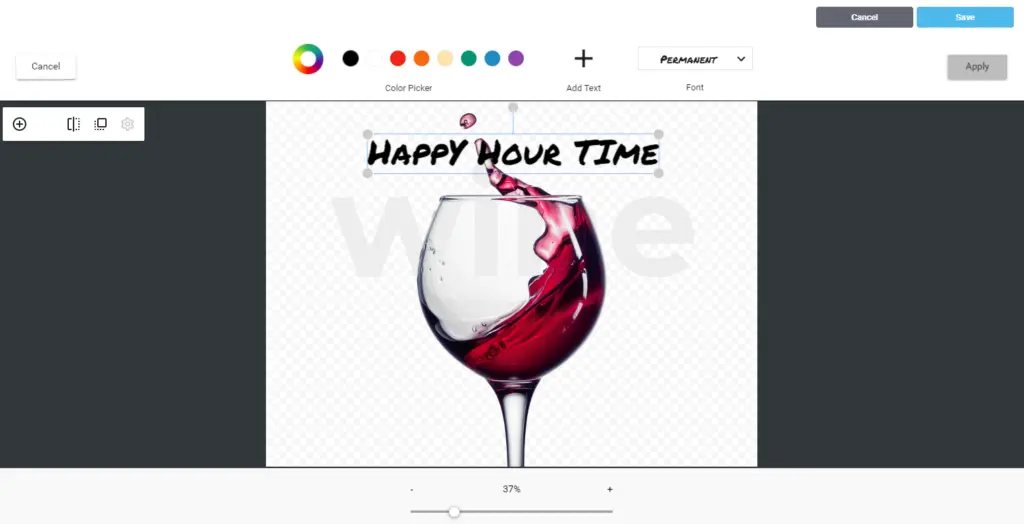
Make sure your font color contrasts with the background, so the text is easy to read. Treat text in images like headers: short phrases work best, and keep the total amount of text to a minimum. Your image should communicate a single key message. When you're done editing the image, click on Apply and then Save.
3. Remember image design best practices.
Whether you're using stock ororiginal photos, and whether you edit them or not, keep in mind design best practices for all your email images.
Be cognizant of your image-to-text ratio.
An all-image email is likely to get filtered as spam or it may take too long to download. A best practice is to make sure you have at least 500 characters of text to pass spam filters. Once you design a beautiful header image, complete your email withsupporting text.
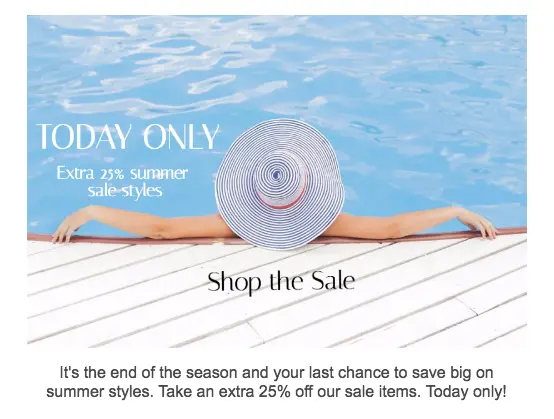
Add a link to your image.
Treat your image like a call to action and link it to the landing page where you're driving readers. All images in your email should be linked.
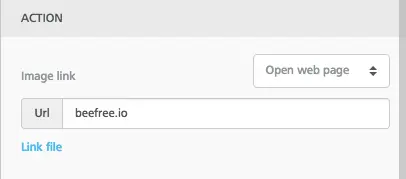
Use ALT text.
Even when your images don't appear because of a reader's settings, the ALT text you set for each photo will still show up. This means you can still communicate your message in text form,which is critical when that's all readers are seeing!

Lead readers to a call-to-action.
Not only should your image be linked, but it should lead readers to your CTA button. Since images arewhere readers’ eyes are likely to land, the CTA shouldn’t be far away. Plus, if your image doesn't load or show up in a reader's inbox, your bulletproof CTA will still appear. So even if your image is linked, it's valuable to have a button, too.
Check out the free stock photo gallery!
Test this feature yourself within minutes. Load our email templates catalog, which features over 1,000 professionally designed, responsive email templates. Select the template that you wish to start with, or start from scratch. Click on Get started to load the drag-and-drop editor, and off you go!




